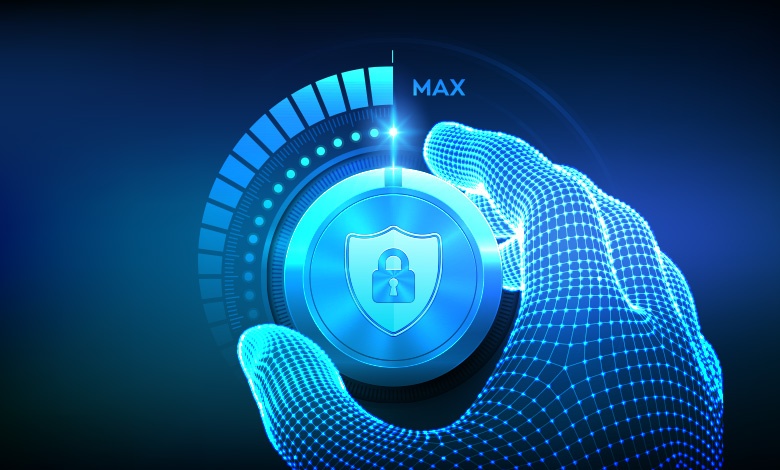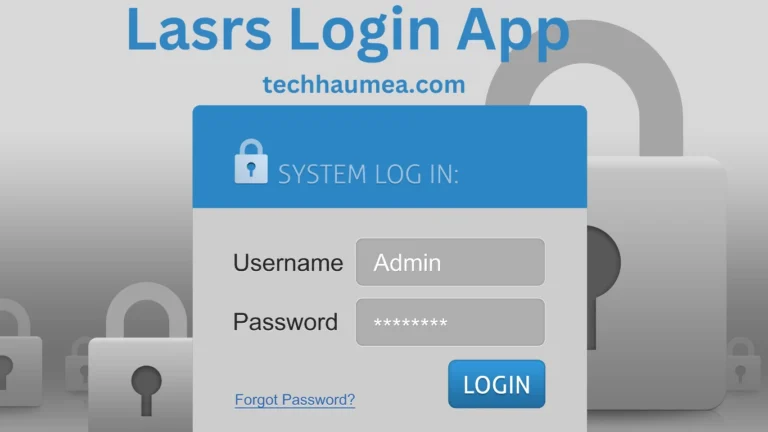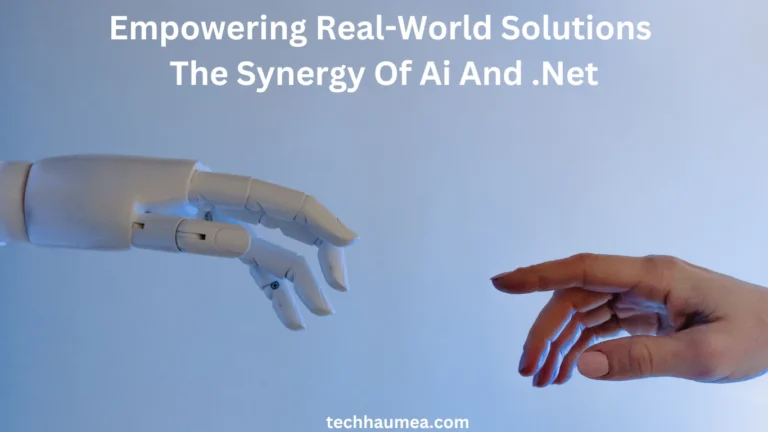The Future of Cybersecurity: Adopting the Zero Trust Network Security Model

Key Takeaways:
- Understand the principles behind the Zero Trust Network Security Model and why it’s gaining traction.
- Learn about the benefits and challenges associated with implementing Zero Trust.
- Explore real-life applications and success stories of organizations adopting this model.
- Identify how Zero Trust can be integrated with existing security practices.
Table of Contents:
- Introduction to Zero Trust
- Core Principles of Zero Trust
- Benefits and Challenges
- Integration with Existing Security Practices
- Future Trends in Cybersecurity
Introduction to Zero Trust
More than conventional security measures are needed in an ever-evolving digital landscape filled with increasingly sophisticated cyber threats. This has led to the development and adopting of the Zero Trust Network Security Model. Unlike traditional security paradigms, Zero Trust operates on the principle of “never trust, always verify.” No user or device is trusted by default, regardless of whether it is within the network perimeter.
The emergence of Zero Trust is a timely response to the complex challenges posed by internal and external cyber threats. As organizations handle increasing amounts of sensitive data, mitigating risks associated with unauthorized access and data breaches becomes more pressing. With Zero Trust, every access request is meticulously verified, revolutionizing how organizations think about network security.
Core Principles of Zero Trust
The Zero Trust model is built on several core principles designed to enhance security across networks:
- Continuous Monitoring and Validation: This principle emphasizes the need for persistent verification of user identity and device integrity, irrespective of the user’s location in the network. Continuous monitoring helps identify legitimate threats in real time, reducing the risk of data breaches.
- Least Privilege Access: Granting users the minimum level of access necessary to perform their duties significantly reduces the risk of exploitation. By limiting access permissions, organizations can ensure that even if credentials are compromised, the extent of potential damage is minimized.
- Microsegmentation: Segmenting the internal network into smaller zones prevents attackers from moving laterally. Each segment can have its security policies, creating multiple layers of defense that an attacker has to breach, thereby reducing the overall attack surface.
Benefits and Challenges
Adopting a zero-trust framework brings an array of benefits. This model enhances an organization’s security posture by operating under the assumption that no entity should be inherently trusted. Continual verification and monitoring make it much harder for potential threats to gain access and remain unnoticed. By assuming that breaches will happen, organizations can more rapidly detect and respond to incidents, minimizing the impact.
However, the transition to a zero-trust model has its challenges. Organizations may need help in integrating Zero Trust with existing infrastructure. The need for extensive changes to ensure that every component of the IT environment adheres to zero-trust principles can be daunting. Moreover, continuous and rigorous monitoring requires substantial investments in new technology and extensive personnel training. Additionally, shifting to stricter security protocols may meet resistance from employees who are used to more lenient access policies, adding another layer of complexity to the implementation process. Adopting a zero-trust framework represents a crucial investment for organizations aiming to bolster their cybersecurity defenses.
Integration with Existing Security Practices
Integrating Zero Trust with current security measures can bolster overall protection without requiring a complete system overhaul. For example, combining Zero Trust with Intrusion Detection Systems (IDS) or firewalls can create a more comprehensive and robust defense strategy. IDS can detect and alert potential threats, while firewalls can control traffic and block unauthorized access, complementing the Zero Trust model’s focus on continuous verification and micro-segmentation.
Moreover, integrating Zero Trust with Security Information and Event Management (SIEM) tools allows for real-time tracking and analysis of security events. SIEM tools collect data from various sources within the network, providing a centralized view of potential threats. This integration enhances the ability to identify and respond to incidents swiftly, aligning with the Zero Trust model’s aim of maintaining rigorous, consistent security measures across the organization.
Additionally, incorporating Zero Trust with endpoint detection and response (EDR) solutions can significantly improve the monitoring and protection of endpoints, which attackers often target. EDR tools provide continuous visibility into endpoint activities, allowing for real-time detection and mitigation of threats, complementing Zero Trust’s principle of never trusting and consistently verifying. Zero Trust can also enhance identity and access management (IAM) systems, ensuring user access is granted based on the principle of least privilege and continuous monitoring for anomalies. Integrating Zero Trust with cloud security measures can further strengthen the security posture, ensuring that cloud-based resources are protected through strict access controls and constant verification. Furthermore, by aligning Zero Trust with existing security policies and compliance requirements, organizations can achieve a more cohesive and unified security strategy, reducing the complexity of managing disparate systems and improving overall security governance.
Future Trends in Cybersecurity
The cybersecurity landscape is constantly in flux, and the Zero Trust model is poised to evolve with emerging trends and technologies. The integration of AI and machine learning into Zero Trust frameworks stands out as a significant development. These technologies can automate the detection and response to threats, making security systems more efficient and reactive.
For example, by applying machine learning algorithms, organizations can analyze vast amounts of data to identify patterns indicative of potential security threats. This proactive approach can help detect anomalies and respond to incidents more quickly. Furthermore, AI-driven Zero Trust systems can continuously adapt to new threats, learning from each interaction to enhance future security measures. As cyber threats grow more sophisticated, adopting advanced technologies within Zero Trust models will be crucial in maintaining strong cybersecurity defenses and ensuring organizational resilience against potential attacks.
The ongoing evolution and improvement of the Zero Trust model underscore its importance in the future of cybersecurity. As more organizations recognize the value of a “never trust, always verify” approach, Zero Trust is set to become the standard for securing sensitive data in an increasingly digital world.

Michael Dorrance is a seasoned tech writer with extensive expertise in a wide range of technology topics. His insights and analyses provide readers with in-depth understanding and innovative perspectives in the tech world.






